Liverpool Blitz
In September 1940, the german air force began with intense bombing of British cities and industrial areas. The bombing was named the Blitz and aimed to cripple the British war industry and morale and force the British into peace. But the British were not defeated and no german invasion of the British isle did materialized. It was London who was hit hardest by the Blitz but also cities like Sheffield, Coventry, Birmingham, Manchester, Southampton, Glasgow, Belfast, Hull, Cardiff and Liverpool were hit hard. For Liverpool, it was the port that was the main target. It was there that convoys of supplies from USA and Canada arrived. Convoys that greatly contributed to Great Britain’s survival against the aggression from Germany. The first bombing occurred in late August 1940 when 160 bombers bombed the city at night. This bombing was followed by further air raids during autumn and winter with a peak around Christmas. The bombings hit both civilian and industrial targets. After the new year, the bombing decreased drastically but intensified again in May 1941 when the germans bombed the city several nights in a row. The devastation in both buildings and humans was widespread and rendered thousands of people homeless. A total of 4,800 people were killed during the bombings. After London, Liverpool was the city hardest hit by the Blitz.
Current status: Partly preserved/demolished with monument (2023).
Address: Leece Street, Liverpool, L1 2TR.
Get there: Metro to Liverpool Central station.
Follow up in books: Holland, James: The Battle of Britain: Five Months That Changed History; May-October 1940 (2011).
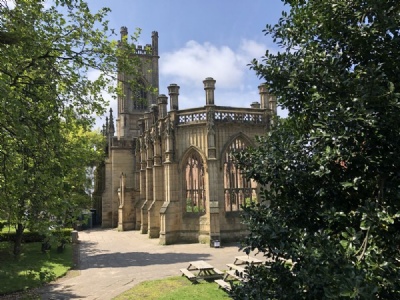
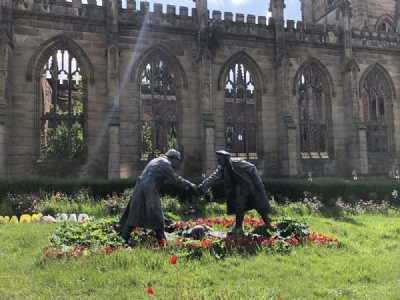



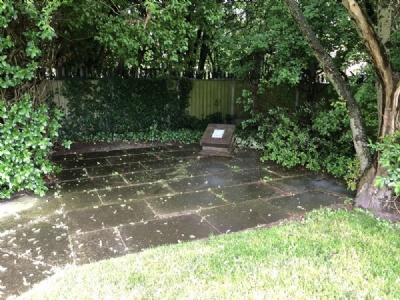
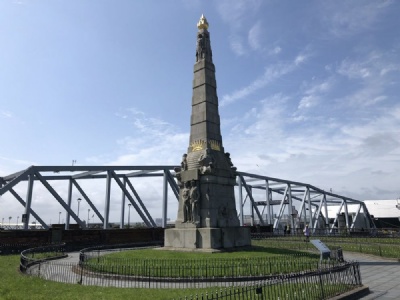
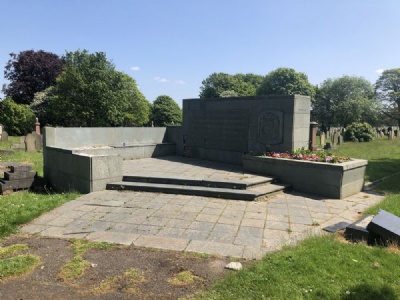

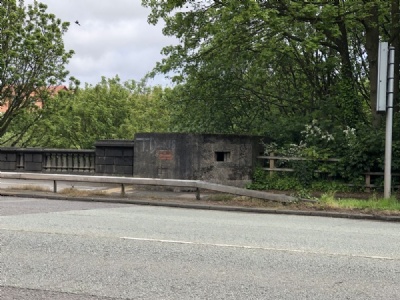
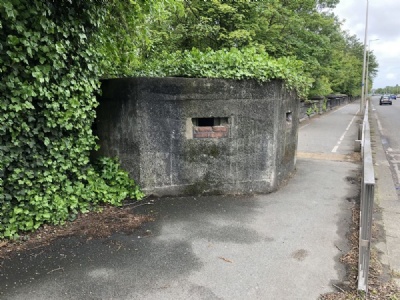
There are several monuments scattered in Liverpool dedicated to the bombings but St. Luke’s Church has become the symbol of the German Blitz against Liverpool. In addition to monuments, there are also bunkers on the outskirts of Liverpool, which were built as part of a major’s defense in the event of a German amphibious attack on Liverpool.